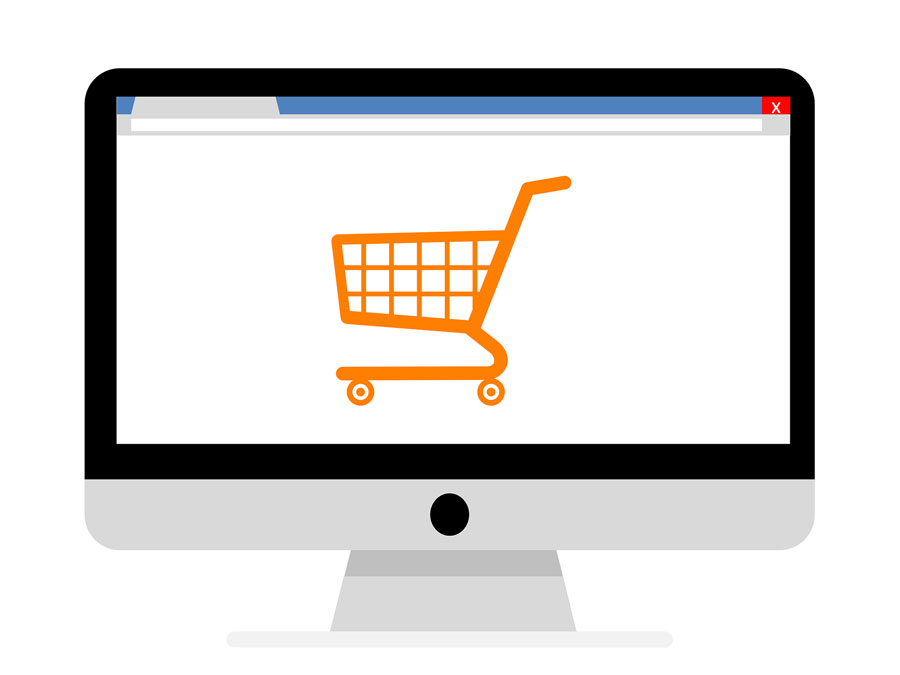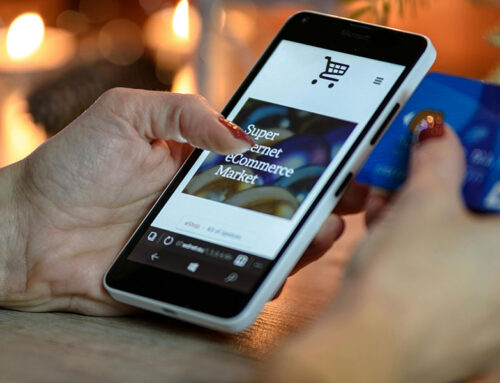A high conversion rate for your eCommerce website is very important
Running your own business can seem like a daunting, complicated process. A lot of hard work and effort goes into directing potential customers to your site. Improving your Search Engine Optimisation (SEO), investing in ads, and posting on social media are all essential parts of this process. Still, they’re not the only methods you can utilise to grow your business and increase revenue.
When it comes down to it, having a high conversion rate for your eCommerce website is the most important thing. You might be enjoying a lot of traffic on your site, but if that traffic doesn’t translate into a high conversion rate, then your revenue will remain the same.
At Convertica, we specialise in analysing your website and creating a game plan to increase your conversion rate. To learn more about the central tenets of achieving a high converting page, continue to read the guide below.
What Exactly Are Conversion Rates?
Essentially, an eCommerce conversion rate is the percentage of visitors to your website who purchased something from your online store within a set period. The conversion refers to a visitor “converting” into a customer or performing the desired action. While purchasing something is the primary goal, typical conversions can also include the following:
- A user adding a product to their wish list
- A user adding a product to their cart
- Sharing on social media
- Signing up to receive emails
Conversion rate optimisation is about improving your customers’ shopping experience to achieve a specific Key Performance Indicator (KPI), which is usually sales.
1) Identify Your Goal
Before you dive into the optimisation process, you need to define your goal clearly. Your desired outcome should be determined before you begin to design your page since it will inform on the type of page you will need to built to drive your specific KPI.
As an example, let’s say that your desired outcome is to increase the percentage of customers who opt for an auto-ship subscription, rather than a one time purchase. To do this, you can utilise a few techniques.
Make it Enticing
First and foremost, your customer will need to be able to see the value in choosing the auto-ship option, as opposed to the option for a one time purchase. Simply listing the price isn’t going to cut it.
As the owner of the site, you would be familiar with the cost comparisons and the savings of choosing the auto-ship option. However, a potential customer isn’t going to bother breaking out a calculator and doing the maths to compare. Utilising symbols or buttons that indicate that auto-ship is the best option will be much more appealing to the customer.
Make it Easy to See
Now, of course, you won’t be able to make said offer enticing if it is hard to see. Using similar colours to the listing itself or the background increases the chances that the message might be missed. You’ll also want to avoid too much clutter. Using too many complicated indicators, like loud, flashing graphics, could also mean that the offer gets lost in the chaos.
Having a brightly colored, simple button that says something like “Best Value” or “Biggest Savings” on the auto-ship option will be just enough to catch a customer’s eye.
Make it Easy to Choose
Lastly, you’ll want to make selecting the auto-ship option as easy as possible. By making the auto-ship option the default, customers are much more likely to utilise it. If they choose not to, they will have to actively select something else. And, let’s face it; they aren’t likely to deselect an option labelled as the “Biggest Savings.”
2) Identify Your Target Audience
By knowing who your target audience is, you will be able to cater to your conversion optimisation to fit that segment of customers. To turn that traffic into customers, you will need to speak to their needs and viewpoints. Here are a few things to keep in mind when targeting your audience:
- How old are they?
- Where are they located?
- Are they single, or do they have a family?
- What type of job do they have?
Once you have these questions answered, you can determine what keywords you should use on your site. If your audience is young, do they use slang? What are some current pop culture trends that might catch their eye? Are there specific brands that are popular with that age group?
Conducting this analysis also means thinking about what your target audience doesn’t respond to. Which brands are not popular with your target audience? Are there specific terms that they wouldn’t use, or that they don’t understand?
3) Keep it Simple
People are less likely to purchase a product from a site that is crowded and disorganised. Minimise distractions: eliminate things like pop-ups, too many social media icons, and other links. The attention needs to be on the main point of the page, which is the product.
Having a quality photo of the product by itself, contrasted with a plain background, and a clear call to action in the form of an “Order Now” button can make a world of difference in terms of your conversion optimisation.
4) Use High-Quality Visuals
To go hand in hand with keeping it simple, using high-quality visuals is also vital. You will need to be able to showcase your product in professional, high-quality photos. This represents professionalism and creates a feeling for the product, making it more enticing to purchase.
5) Build Trust
Trust is essential for increasing conversion optimisation. No matter how much a customer might want a particular product, they won’t purchase it if they think that your site isn’t trustworthy.
This can be done visually. Besides utilising professional-looking photos and having a clean design, use logos or symbols that are well known. For example, if your site offers PayPal as a payment option, use the logo on your site. This way, your customer connects your business to one that is already established and reputable.
Including things like testimonials from real customers will do the same thing by ensuring that other customers have experienced quality service and a quality product.
Final Thoughts
Understanding these key ideas is essential for achieving optimal conversion optimisation for your eCommerce site. Building trust, identifying your target audience, identifying your goal and keeping things simple are guaranteed ways to not only increase your conversion optimisation but to ensure that your business is around for the long run.






Leave A Comment